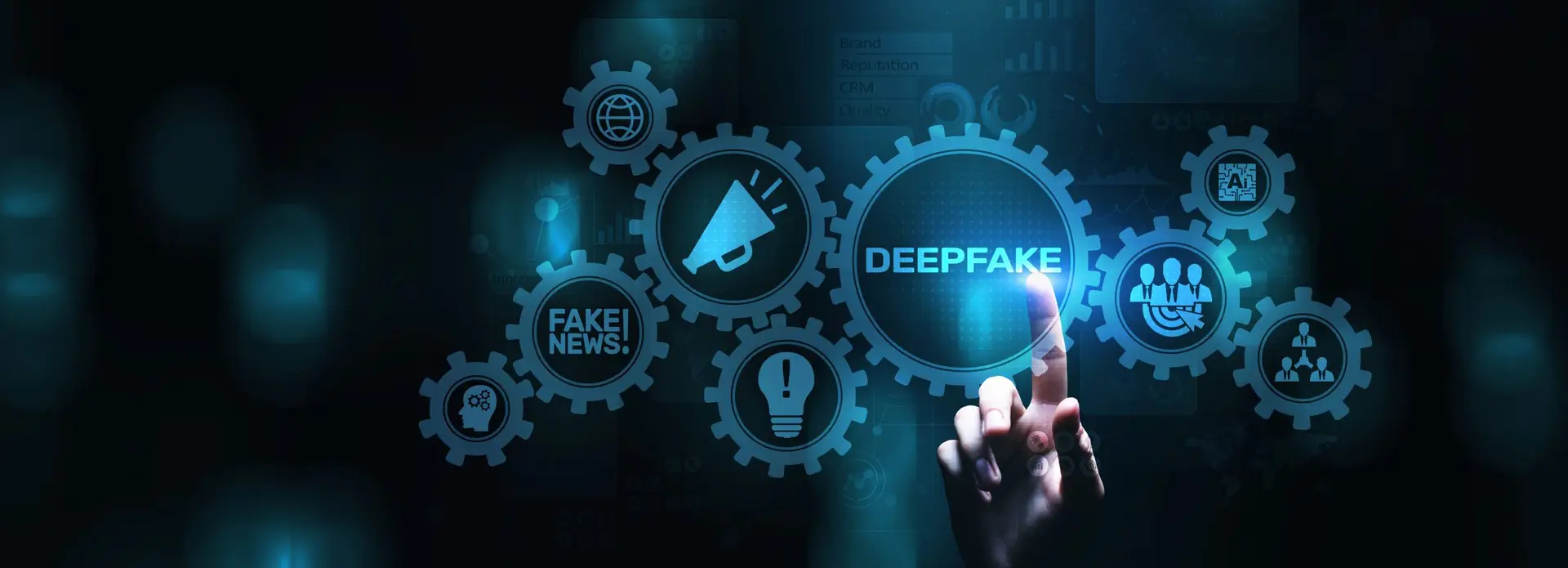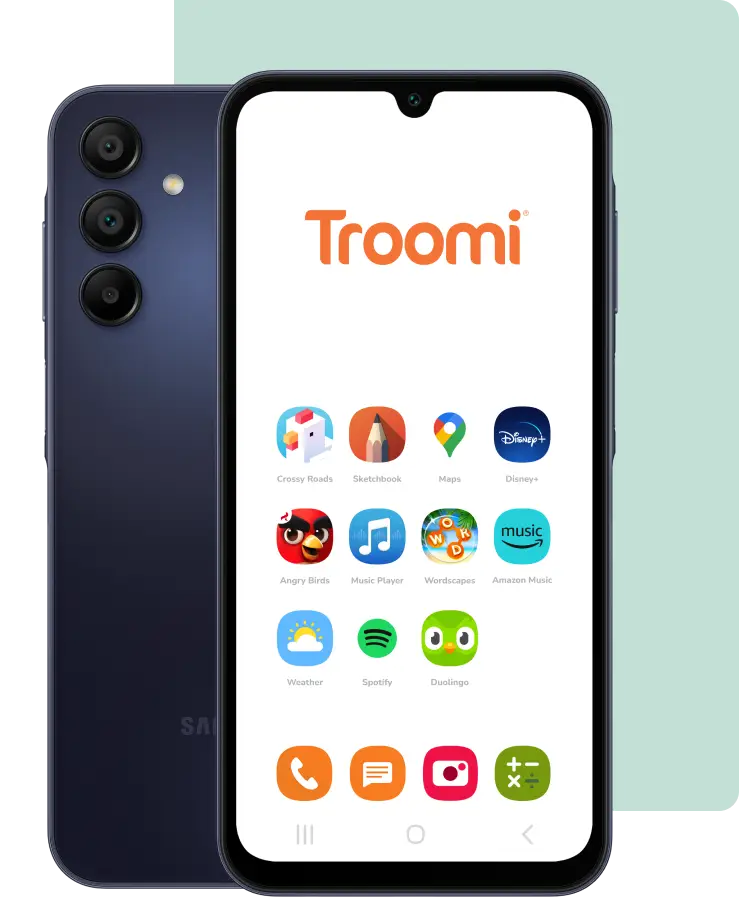While exploring the Internet, have you or your kids ever stumbled upon a video that seems too unrealistic to be true?
For example, it could be a video of your child’s friend starring alongside Tom Holland in the latest Spiderman film. It might feature a celebrity speaking a language you’re pretty sure they don’t understand. Perhaps the video shows political leaders like Barack Obama and Donald Trump playing a round of Among Us together.
If the answer is yes, you’ve probably seen a deepfake.
Deepfake videos are one of the latest trends to surface on the Internet. These videos use advanced AI technology to create realistic video and audio hoaxes that place real people in fake situations. When would Trump and Obama ever go live on Twitch to play Among Us?
While deepfakes can be amusing and entertaining, their ability to accurately imitate actual people raises concerns about their potential use in spreading disinformation, as well as their impact on the privacy and security of Internet users. It’s no wonder that deepfakes are all over the news
As parents and educators, it’s our duty to help our kids stay safe as they scroll—but we first have to educate ourselves. So what is a deepfake? How are these videos made? And how can we tell them apart from regular videos?
Let’s find out!
What Is a Deepfake?
Before we get too into the nitty-gritty, let’s answer a simple (but important) question: What is a deepfake?
According to the Merriam-Webster dictionary, a deepfake is “an image or recording that has been convincingly altered and manipulated to misrepresent someone as doing or saying something that was not actually done or said.”
So, in a nutshell, a deepfake is an altered or AI-generated video that looks and sounds astoundingly real.
Curious to see some examples? Check out this article from Inspired eLearning which puts eight pretty convincing deepfakes on display.
How Are Deepfakes Made?
Deepfakes are made with artificial intelligence through a process called deep learning. Here’s how it works:
To create a deepfake video, the creator first has to feed an AI program tons of images, videos, and audio clips of the person they want to impersonate. Once the program has enough information, it creates millions of models to capture the unique features and characteristics of a person’s face and voice. I guess the old saying “practice makes perfect” even extends to artificial intelligence.
Once the AI is properly trained, it can create a deepfake of the intended person in basically any situation. This can involve placing them in an existing piece of media, like a Marvel movie, or creating a situation completely from scratch.
However, deepfakes made by AI are rarely perfect. Once the program has formulated the video, the human behind the deepfake can go in and refine it to take the realism one step further. This can involve adjusting lighting, altering facial expressions, and fine-tuning the voice to really match the person being represented.
Feels a bit like something out of The Hunger Games, right?
Creating realistic deepfakes take quite a bit of technical skill and specialized software, not to mention an astounding amount of computing power. However, just like other forms of AI, deepfake technology is slowly becoming more accessible to the general public. While homemade deepfakes are rarely as realistic as those made by professionals, they still raise concerns about the impending spread of disinformation.
How Are Deepfakes Used?
Deepfakes can be used for various purposes. On one hand, they can be comedic or entertaining. On the other hand (and on a more serious note), deepfakes can cause a lot of harm by publicly misrepresenting real people and spreading false information through sources that appear to be reliable.
Here are some ways deepfakes are used on the Internet:
Deepfakes can be comedic. Some of the most popular deepfakes on the Internet were created to make people laugh, usually by placing well-known celebrities in absurd situations.
Deepfakes can answer “what if” questions. What if FDR hosted SNL? What if Amelia Earhart streamed Mario Kart live on Twitch? What if Adele sang Blackbird? Deepfakes make it possible to find potential answers to these questions.
Political groups weaponize deepfakes. In 2018, for example, a Belgian political party created a deepfake of Donald Trump to call attention to climate change. While this example may not have been malicious in nature, other political groups have been known to use deepfakes to trick voters into believing false information.
Deepfakes can fabricate pornography. If you already thought that deepfakes were spooky, they’re about to get spookier. Some people use deepfake technology to create adult content with their favorite celebrities. In fact, the Guardian reports that a whopping 96% of deepfakes made in 2019 were pornographic in nature.
Deepfakes can be used for identity theft. Deepfake technology makes it possible to create a video that shows someone saying something they never actually said. This could be used to commit fraud by impersonating an individual and gaining access to secure accounts.
Deepfakes can spread false information. Users create convincing video or audio content that appears to be real, but is in fact fabricated. Some people even use deepfakes to create fake news stories! These videos can then be shared on social media, potentially gaining exposure by millions of people and spreading misinformation or propaganda.
How Can I Spot a Deepfake?
As deepfake technology becomes more sophisticated, it similarly becomes more and more difficult to distinguish between real and fake content. This can make it easier for false information to spread, potentially leading to some pretty serious consequences.
As such, it’s important that our families know how to tell deepfakes apart from actual content. So how can we spot deepfakes in the wild? Look for these things:
- Look for inconsistencies. Check for any inconsistencies or anomalies in the video or image, such as unnatural facial movements or discrepancies in lighting and shadows.
- Check for distortions. Videos made by AI are rarely perfect. As such, deepfakes may leave distortions in the video that can be identified through close inspection.
- Check the source. Do your best detective work to verify the source of the video or image. If it comes from an untrusted or unknown source, it is more likely to be a deepfake.
- Verify with other sources. If you are unsure whether a video or image is real, do some research! Google has a wealth of information, so try to find other sources that either support or refute the video.
- Consider the context. Think about the context in which the video or image was created. Does it seem plausible or consistent with other information? Would the person really act the way that they do in the video?
Deepfakes Are Dangerous
At their best, deepfakes can give us a good chuckle. At their worst, deepfakes misrepresent actual people and spread false information that could prove harmful.
As deepfake technology becomes more ubiquitous, be sure to teach your kids about Internet safety. Caution them against believing everything they read and see online. Have a conversation when they ask questions like, “What is a deepfake?” Most of all, encourage them to do their own research when they come across a video that might be a deepfake.
Typically, malicious videos and audios like deepfakes are found on social media sites. As such, you can protect your kids from the spread of false information by switching your child’s phone to Troomi! Smartphones from Troomi Wireless feature no anxiety-inducing social media, giving your kids the power to focus on what really matters: family, friends, and fun.
Click here to learn more about why a smartphone from Troomi is the best option for your children!


